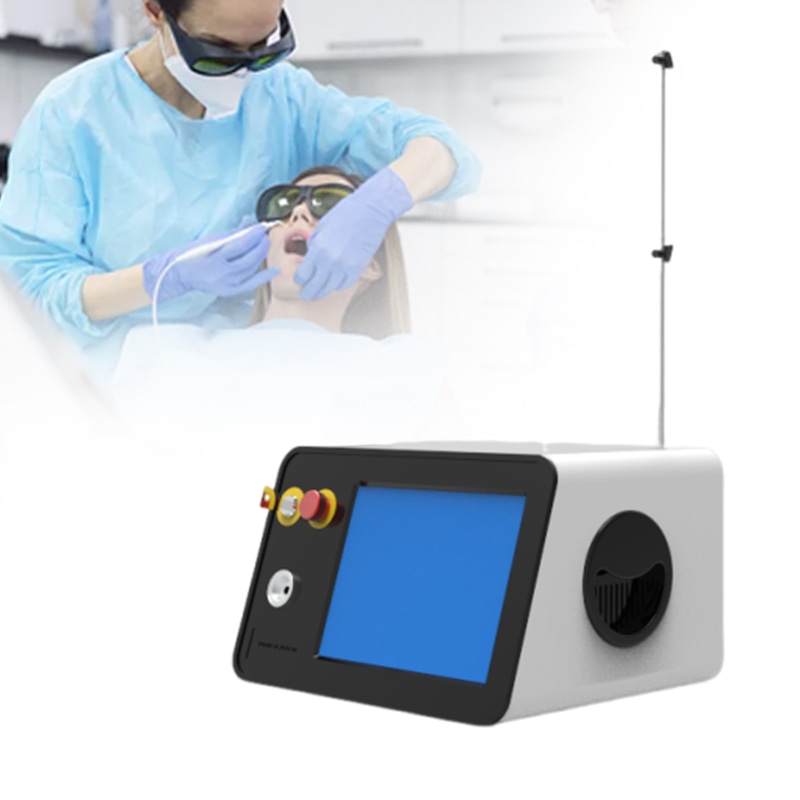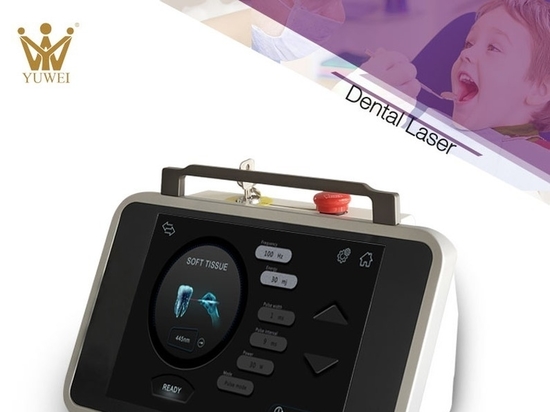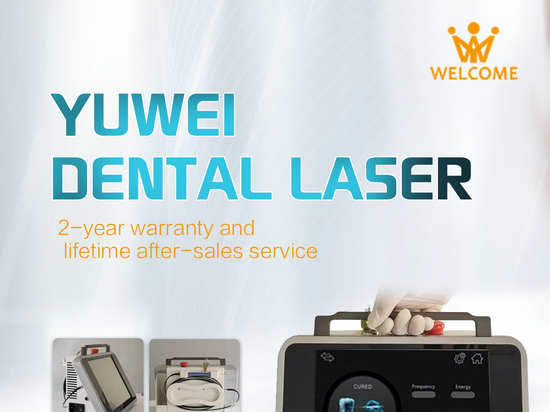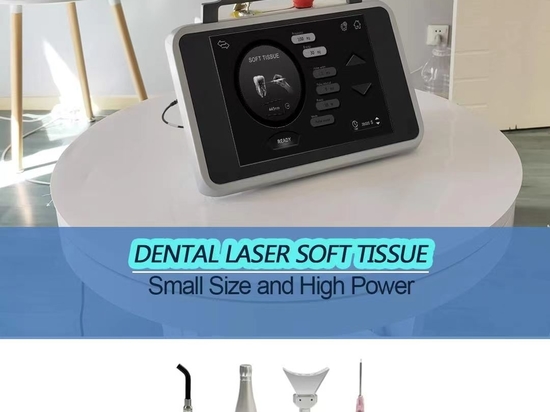
#Industry News
Dental Disinfection and Sterile Procedures: New Tools
The importance of dental disinfection and sterile procedures continues to grow. Advanced tools such as high-efficiency disinfectors, disposable instruments, and intelligent monitoring systems offer efficient and safe solutions, enhancing patient trust.
In modern dental care, the importance of disinfection and sterile procedures cannot be overstated. As patients’ expectations for medical safety and quality continue to rise, dental clinics must equip themselves with more advanced disinfection tools to ensure a sterile environment and prevent cross-infection. In recent years, various new dental disinfection tools have emerged, offering more efficient and safer solutions for the industry.
Advanced High-Efficiency Disinfectors
Automated high-efficiency disinfectors have become a major highlight in the dental field in recent years. These devices often use steam, ultraviolet light, or plasma technology to rapidly eliminate bacteria, viruses, and fungi. For example, low-temperature plasma disinfectors are widely used for sterilizing dental instruments due to their compatibility with sensitive tools. Compared to traditional high-temperature, high-pressure sterilization, these devices cause less wear on precision instruments and operate more quickly.
Another innovation is portable ultraviolet disinfection lamps. These compact and easy-to-use tools can disinfect dental chairs, surgical tables, and clinic surfaces. Within minutes, ultraviolet light effectively kills most pathogens, reducing the spread of germs on surfaces and in the air.
Disposable Instruments and Sterile Packaging
In addition to new disinfection equipment, disposable dental instruments play a crucial role in sterile procedures. These instruments are pre-sterilized and ready to use, eliminating the need for subsequent cleaning and disinfection, thus greatly reducing the risk of cross-infection. Common disposable instruments include probes, saliva ejectors, and scalpel blades.
Meanwhile, improved sterile packaging technology offers better protection for reusable dental instruments. Vacuum-sealed bags and antimicrobial packaging materials ensure that instruments remain sterile for extended periods after disinfection. This packaging method not only enhances safety but also simplifies storage and transportation processes.
Intelligent Disinfection Monitoring Systems
Modern dental clinics have also introduced intelligent disinfection monitoring systems. These systems use sensors and IoT technology to track the operational status of disinfection equipment and the hygiene conditions of the environment in real-time. For instance, they can automatically record parameters such as temperature, time, and pressure during each disinfection cycle to ensure compliance with standards. If abnormalities occur, the system promptly issues alerts, reducing the likelihood of human error.
Moreover, some advanced systems analyze air quality within the clinic and adjust air purification devices to maintain a sterile environment. These technologies not only improve clinic efficiency but also enhance patient trust in medical services.
Future Prospects
Continuous innovation in dental disinfection tools is gradually reshaping industry standards. In the future, the application of nanotechnology and green disinfection technologies will make sterile procedures more efficient, environmentally friendly, and safer. For example, the development of nano-antibacterial coatings may further reduce the time pathogens remain on dental instrument surfaces, minimizing the risk of cross-infection.
In summary, new tools for dental disinfection and sterile procedures are driving significant changes in the industry. These innovative technologies not only improve treatment efficiency but also provide patients with a safer healthcare environment. In future dental practices, sterile procedures will remain a central focus, driving ongoing progress in the industry.




